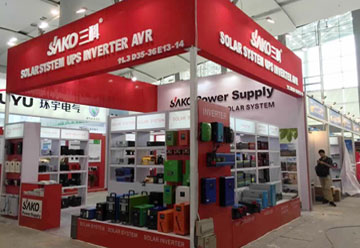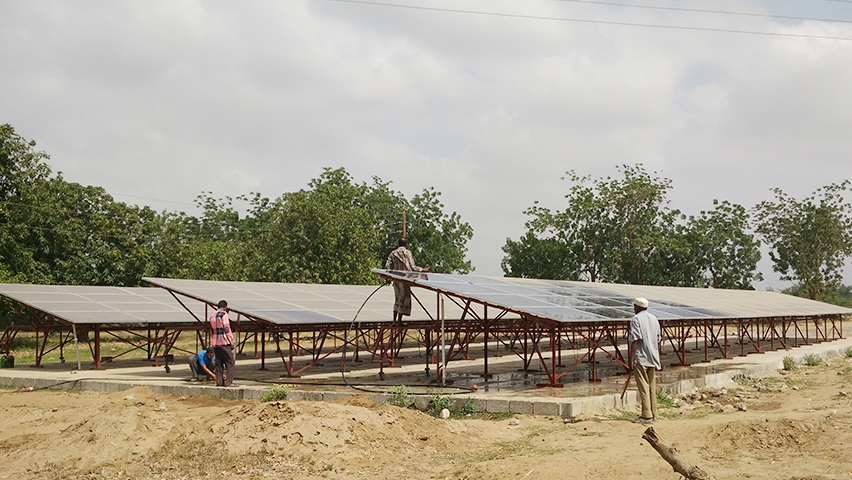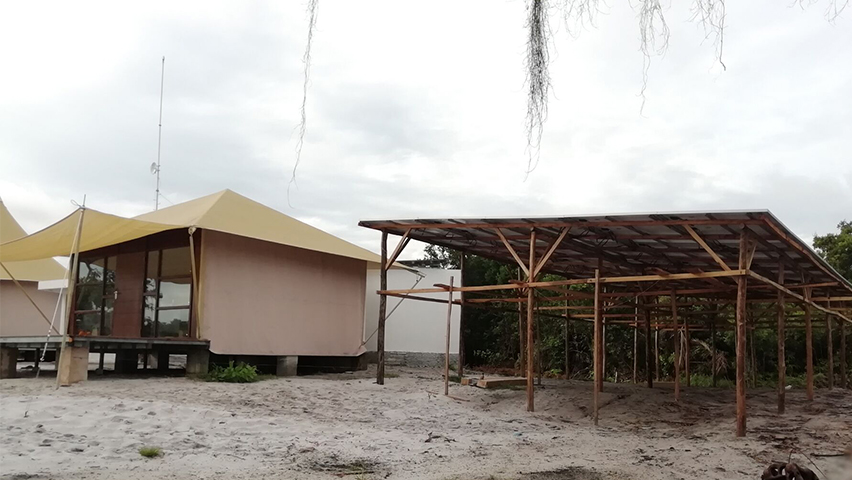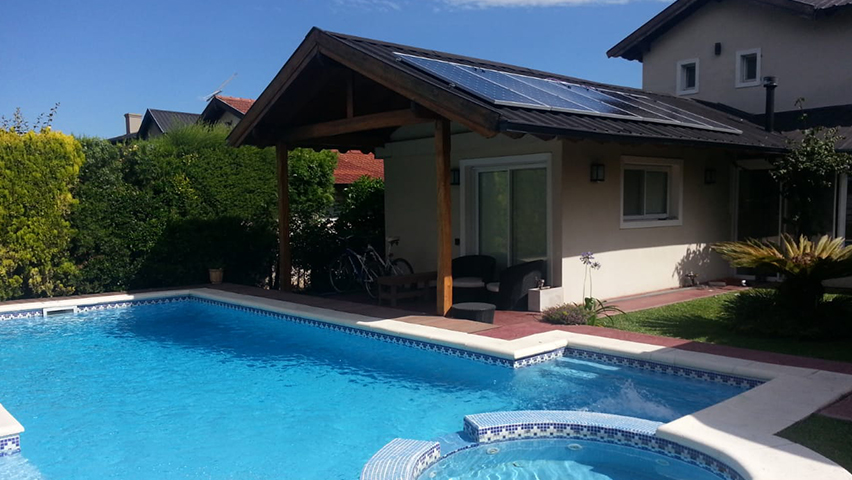Lithium-ion batteries are becoming more common in our lives, and these batteries could be the future of energy storage. This article will discuss high quality lithium-ion batteries. How they can produce higher stored energy per unit volume than other types of batteries, how they are designed to provide power for extended periods, and why their size makes them Very attractive to many uses.
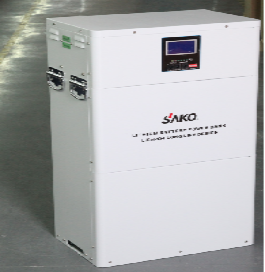
What is a lithium-ion battery?
Lithium-ion batteries are rechargeable batteries that rely primarily on lithium ions moving between positive and negative electrodes to work. Lithium-ion batteries use an intercalated lithium compound as an electrode material. Lithium-ion batteries and their development products are common in consumer electronics. They are one of the most common rechargeable batteries in portable electronic devices, featuring high energy density, no memory effect, and only slow charge loss when not in use.
Lithium-ion batteries offer several advantages over traditional battery technology. First, they are lighter, smaller, and more powerful, which means they can be used in a wider range of devices.
What are the different types of lithium-ion batteries?
Lithium-ion batteries are the most common type of battery in use today. There are several lithium-ion batteries, but they all have one thing in common—rechargeable.
The three most common types of lithium-ion batteries are lithium-ion polymer (LIP), lithium-ion metal oxide (LIMO), and lithium-ion phosphate (LIPO).
LIPs are made from a mixture of lithium ions and plastic polymer molecules. They are the most common type of battery used in smartphones, laptops, and other portable devices. The LIP lasts about 500 charges, about half as long as batteries using traditional lead-acid batteries.
LIMO is made from a mixture of lithium ions and metal oxide molecules. They are more expensive than LIPs but last longer and charge faster. The LIMO can be recharged up to 1,000 times, about twice as long as a LIP battery.
What is the difference between a rechargeable battery and a disposable battery?
Rechargeable batteries last longer than disposable batteries because they can be charged and discharged multiple times. Disposable batteries can only be used once and then must be discarded.
Best developer
Lithium-ion batteries are a relatively new technology, and SAKO is a leader in its development.
SAKO’s lithium-ion battery products have developed several series, from 12V, 24V to 48V; SAKO is constantly innovating and developing higher-voltage lithium-ion batteries. The following are the main features of SAKO lithium-ion batteries:
- Lightweight and compact, ideal for portable devices.
- They Have high energy density, which means they can hold a lot of energy for a short period.
- Resistant to thermal damage, they can be used in high-temperature environments.
- It is recyclable.

